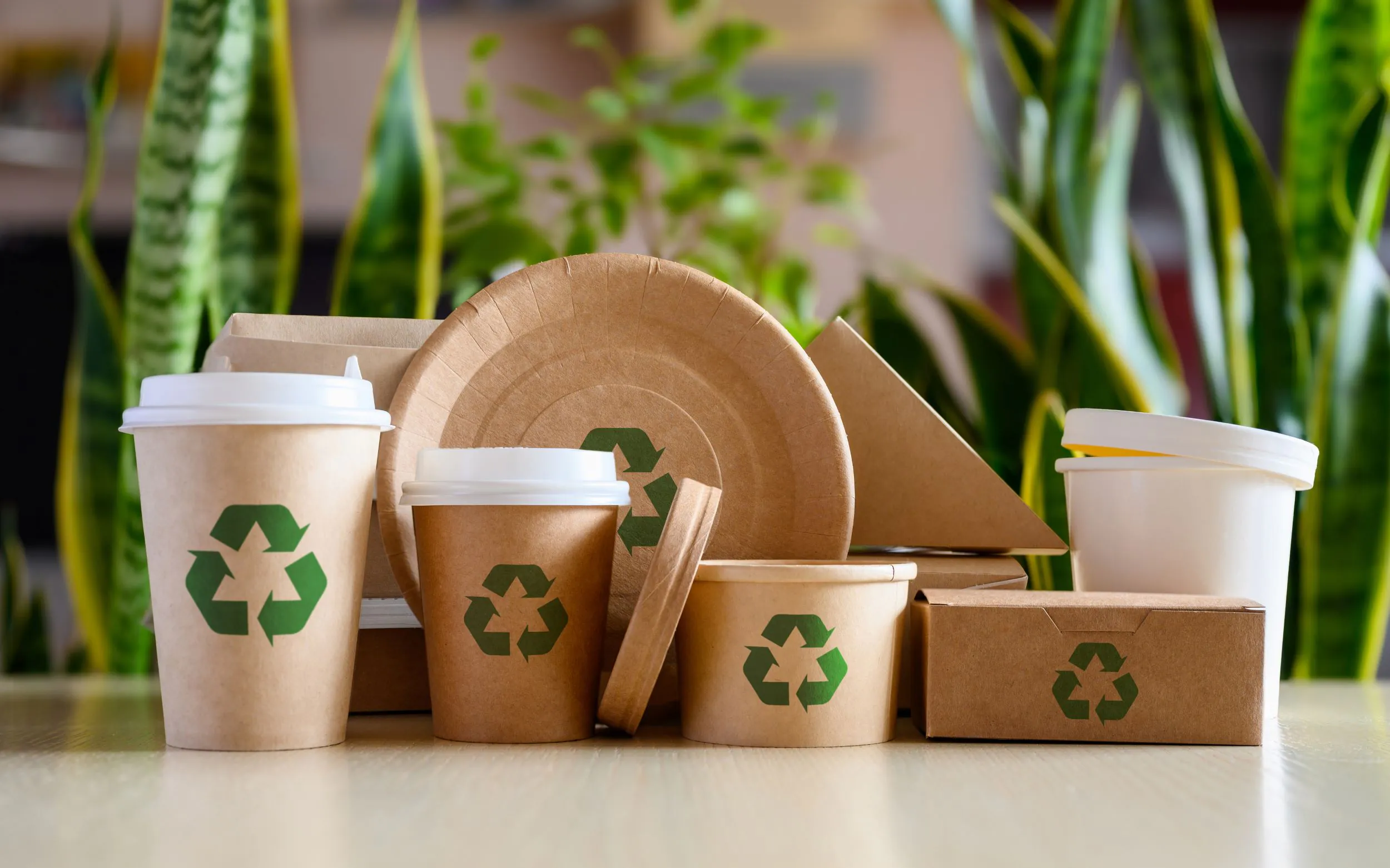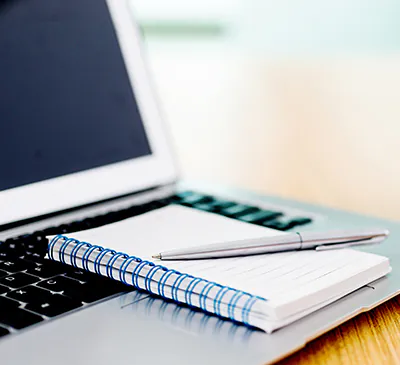The paper and cardboard packaging industry has been experiencing a surge in demand over the past few years, due in part to highly elevated e-commerce demand during the COVID-19 pandemic as well as the growing drive towards sustainability. As more and more companies reduce or eliminate their use of plastic packaging, demand for cardboard packaging will continue to rise, and innovation in the industry will become increasingly important.
Cardboard and paper are already used in a variety of packaging applications, but there are some areas where traditional paper products arenŌĆÖt suitable, and others where existing products could be significantly improved with current and emerging technology. Liquids and foods in particular have requirements that make fully recyclable paper and cardboard packaging difficult to adopt, as it needs to be food-safe and water-resistant without using plastics or other non-biodegradable liners and coatings. There is therefore considerable room for innovation in the cardboard packaging industry.
Paper and Cardboard Packaging Industry Overview
Paper and cardboard packaging has been growing in popularity for decades, and by 2019 already made up more than a third of packaging materials around the world, with production rising by over 22% since 2010. China is the worldŌĆÖs largest producer of packaging paper and paperboard, producing more than 70 million metric tons annually.
Containerboard, or corrugated cardboard, is the most used type of paper product globally. In the US, the vast majority of products shipped are shipped in corrugated boxes. Their strength and low cost made them a popular choice even before sustainability was as high a priority as it is becoming today. However, they have their weaknesses too, such as vulnerability to humidity, leaving room in the market for innovations on the product as well as the development of new products altogether.
New Shipping Solutions
E-commerce companies will often use boxes much larger than what is needed for the order thatŌĆÖs being shipped, since itŌĆÖs easier to stock a few standard sizes of box and fill the gaps with packing material. But this leads to a lot of inefficiency in material usage and in the amount of space that packages take up, limiting how much can be moved in one vehicle.
Last year International Paper, a US pulp and paper company, announced a new packaging alternative to small RSCs (regular slotted containers) that typically require tape or glue. The Bow Tie Shipper offers a small form, is configurable to multiple sizes, and is quick and easy to assemble without the need for adhesive, making it useful in e-commerce applications. The small form saves space and the quick assembly can improve efficiency when packing high volumes of orders.
Finnish startup Paptic has approached the problem from a different angle. Its products offer the qualities of both paper and plastic but are made from sustainable wood fiber and can be reused and recycled. The company offers e-commerce mailers in a wide range of sizes that are lightweight, flexible, and durable, making them useful for product returns as well. The mailers take up less space in terms of storage and shipping, and are resistant to damage from moisture and other sources. Paptic also makes a range of other packaging types, such as shopping bags, food packaging, packaging for other types of retail products, and more.
On the Shelves
When it comes to product packaging, numerous companies of all sizes are moving away from plastics and other non-biodegradable materials in favor of renewable materials like paper, cardboard, and other wood products.
Unilever has been trialing a paper-based laundry detergent bottle made from sustainably sourced pulp and using a water-repellent coating in place of a plastic lining. ItŌĆÖs also testing this style of bottle for haircare products.
P&G is testing out paper-based packaging for multiple products as well. The company has trialed plastic-free paper packaging for its Old Spice and Secret deodorant lines using 90% recycled paper, observing that converting just 10% of its current deodorant packaging to recyclable material could reduce plastic waste by 1.5 million pounds annually. P&G is also partnering with Paboco to trial a paper-based bottle for its Lenor liquid fabric conditioner brand.
Many other brands and products are adopting paper and cardboard packaging, from toothpaste to perfumes and cosmetics to a host of other items.
Food and Beverage Packaging Solutions
Even food products are increasingly abandoning plastics, though this can pose more challenges than non-edible items when it comes to food safety and durability.
On the simpler end of the spectrum, PepsiCo has begun replacing the plastic packaging on some of its chip bag multipacks with a cardboard design that will reduce the amount of virgin plastic the company uses. After a successful trial with Tesco last year, PepsiCo has brought cardboard Walkers multipacks to supermarkets across the UK.
Nestl├® has committed to making 100% of its packaging recyclable or reusable by 2025. With that date not far in the future, the brand is in the process of converting the packaging of multiple product lines. In early 2021, Nestl├® announced that its Smarties brand would be moving entirely to paper packaging worldwide. This involved a considerable amount of testing and development to ensure that food safety and quality would not be compromised.
The company is now also trialing paper packaging for some of its KitKat products in Australia in partnership with Coles Supermarkets, and is working to replace the cellulose and foil wrappers on Quality Street chocolates, using a paper packaging with a vegetable-based coating that allows the paper to still be recycled.
Beverage producers are also moving away from plastic packaging, tackling the dual challenges of creating waterproof and food-safe bottles from paper and wood fiber materials. Alcohol brands Carlsberg and Absolut have been working to overcome these challenges for several years now. In recent years they launched a test of bottles that were 57% sustainably sourced wood fiber, but the remaining 43% consisted of a recyclable plastic lining that had to be separated from the outer layer before the bottle could be properly recycled. Since then, the brands began working with Paboco to develop a plastic-free solution. Several other alcoholic beverage producers are also developing their own solutions, including Diageo with a 100% plastic-free bottle for its Johnnie Walker scotch whisky. While many of these examples are still in the trial phase or are being rolled out slowly, the increasing number of such initiatives shows a strong trend away from plastic packaging and towards paper and cardboard packaging innovations. With higher expectations from consumers and stricter environmental regulations from governments around the world, this trend is likely to gain momentum over the coming years as more and more companies rethink their packaging solutions. The cardboard packaging industry can expect to see continued growth and new product launches as businesses strive to meet this growing need.



